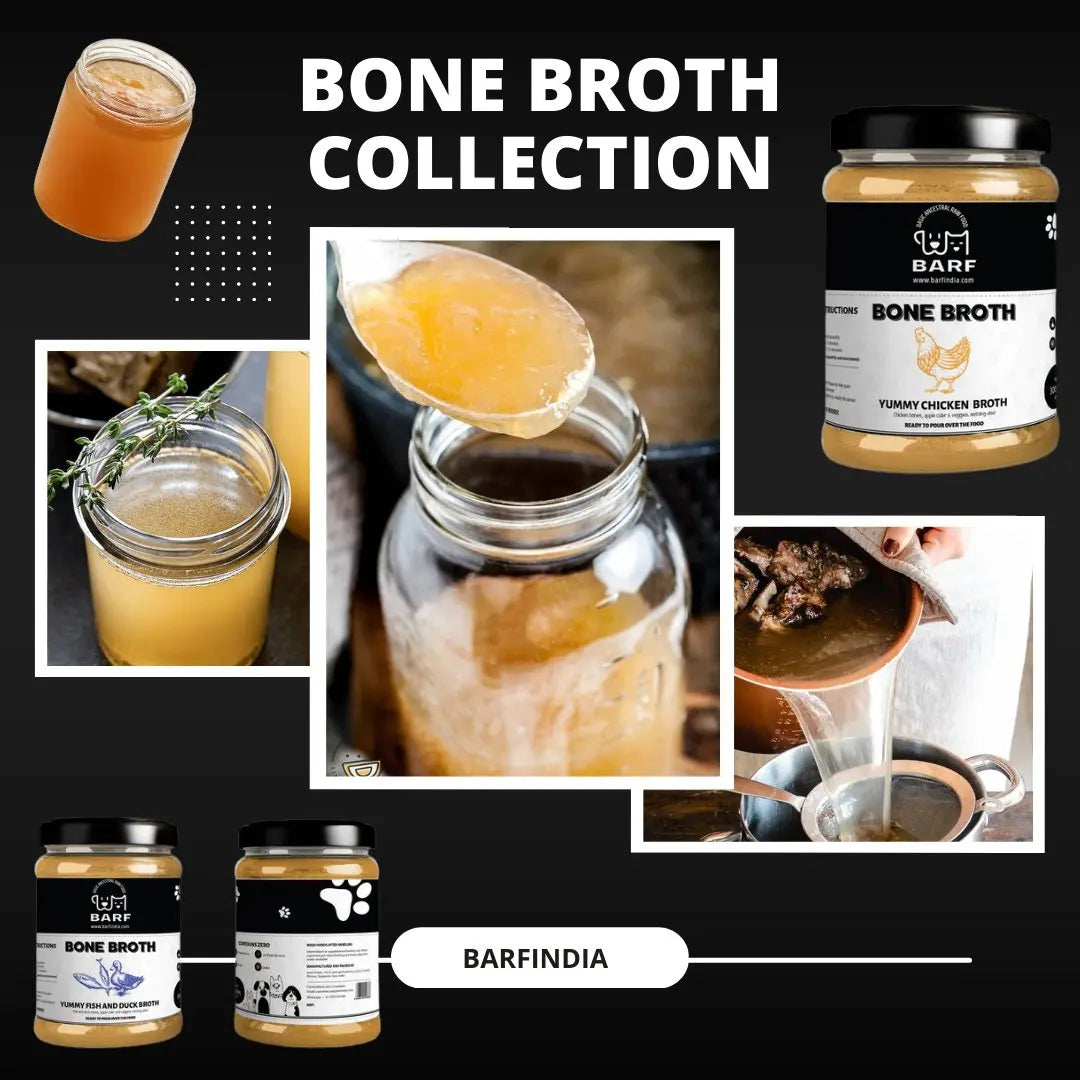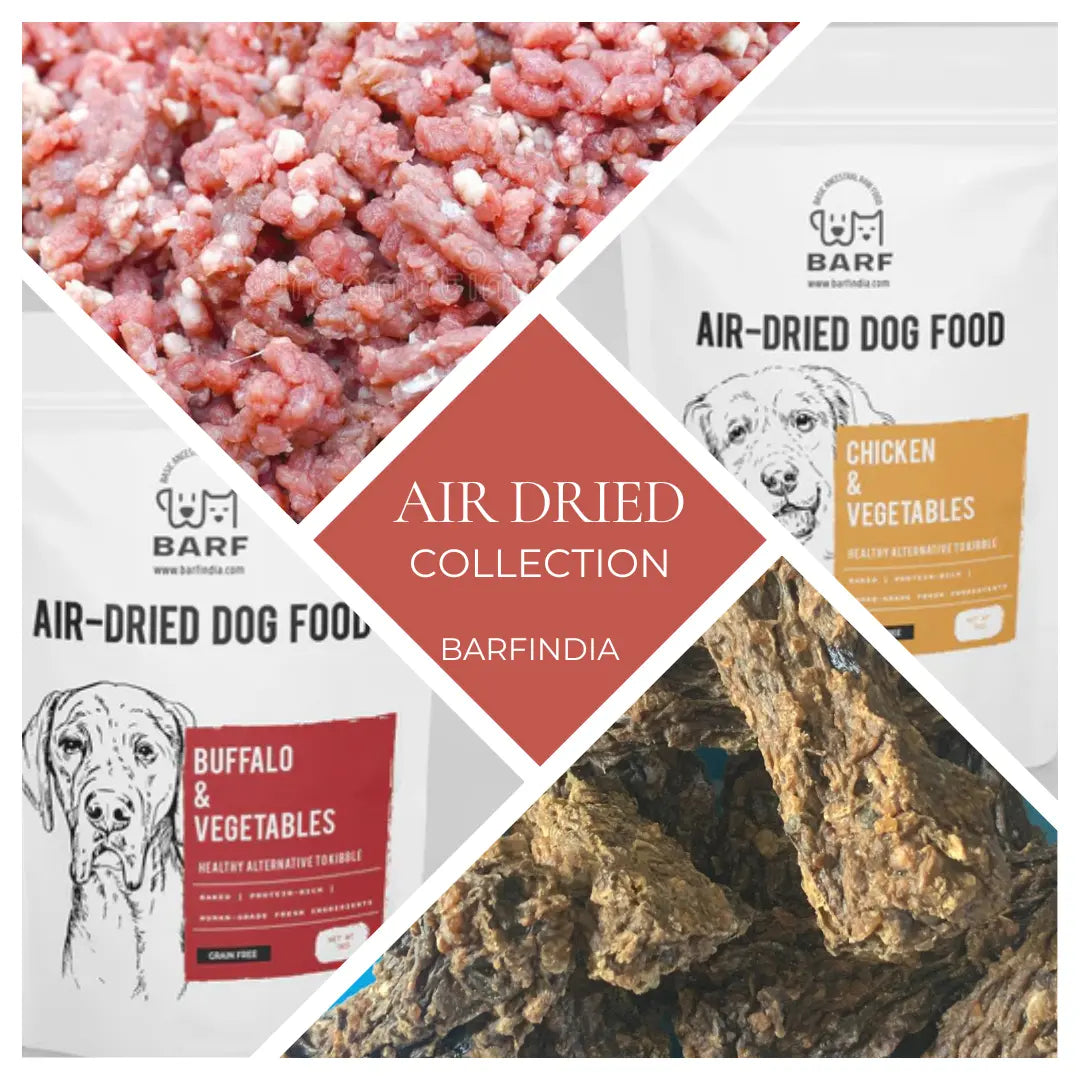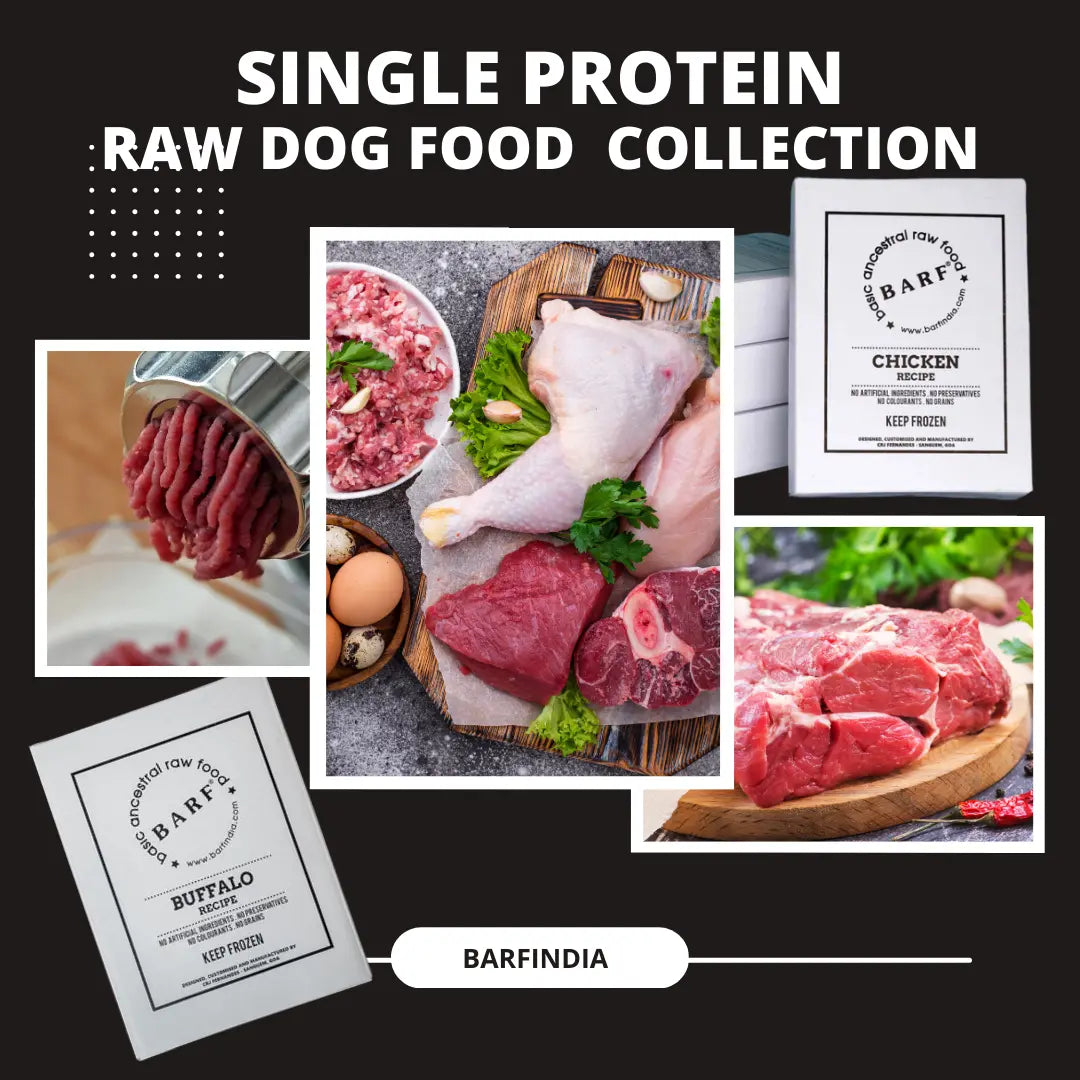
Manganese deficiency and Raw feeding (PMR)
B.A.R.F. India AdministratorManganese Deficiency and Raw Feeding (PMR)
PMR diets? If you are feeding your dog a raw diet or even a home-made cooked diet, you need to be confident that you are not contributing to a vitamin or mineral deficiency in your dog that could ultimately lead to organ failure, injuries, or overall degeneration not allowing the body to function properly. Have you heard of manganese deficiency in dogs? Many well - intentioned dog owners jump into home-made diets or PMR diets all too quickly, without understanding the need for balance. Throwing a chicken breast or a thigh to your dog does not meet the needs of your puppy or even an adult dog to function efficiently. You may be causing more harm by providing an unbalanced home-made diet than by feeding your dog commercially available kibble. While learning about balancing raw diets can be overwhelming, it is become increasingly necessary to educate dog owners about it. More specifically, let’s talk about the importance of Manganese in a dog’s diet and how a deficiency can affect the body.
WHY MANGANESE IN PMR DIETS?
Manganese is a trace mineral. It is required for the health of all animals; small quantities of manganese are necessary for a healthy nervous system, regulation of blood sugar, thyroid hormone production, bone and ligament growth, metabolism and development of the antioxidant system. A lack of manganese in the diet may cause health issues such as:
- Abnormal production of sex hormones (another contributing factor is “de-sexing” or spaying/neutering the dog too early in life)
- Abnormal blood clotting
- Reduced absorption of calcium
- Poor metabolism
- Poor blood sugar regulation
- Cranial Cruciate Ligament (CCL) tear
- Nerve deficits
Cranial Cruciate Ligament (CCL) tear
The frequency of CCL tears in dogs has increased significantly in the recent past. If the dog is limping, shows signs of pain and/or has arthritis, CCL tear is a high possibility. Ligament tears can occur due to trauma (for example, getting hit by a car), but many dogs show signs of CCL tears even without a traumatic incident. Although the incidence of CCL tears has shown to be higher in dogs that were spayed/neutered too early or dogs that ate a highly-processed kibble diet or large breed and/or overweight dogs, some other affected dogs were found to have been fed a prey model diet (mainly 80/10/10 – 80% meat, 10% bone, 10% organ). Veterinarians started to suspect if diet had a role to play in the increased ligament tears in dogs.
MANGANESE CONTENT – ANCESTRAL DIET VS PRESENT DAY PROCESSED OR RAW DIETS
Dr. Steve Brown clearly points out in his book Unlocking the Canine Ancestral Diet that wild prey consisted of a higher mineral content than modern dog food. Animals and birds that are harvested for meat today have a poorer mineral profile.
Wild versus domesticated animals:
Wild, grass-fed prey (beef, deer, bison etc.) have a different nutrient profile compared to animals raised on farms and more so compared to caged animals. For example, chicken meat from a bird that has been grown in a closed cage will be deficient in several nutrients due to a deprived quality of life, including lack of exposure to sunlight. This essentially means that the muscle meat, organs etc. of animals that are available today are deficient in trace minerals, which is why supplementation is necessary. See below Dr. Steve Brown’s chart showing the nutrient profile:
Wild duck vs a domesticated duck –
 This is why prey-model diets generally lacks essential nutrients. Many prey-model feeders’ bowls look somewhat like this – Chicken thigh, chicken liver, chicken heart, chicken feet or even just a whole chicken (similar to what is available in the grocery stores). What many PMR feeders don’t include are feathers, fur, wool etc. A high amount of manganese in ancestral diet came from these sources.
This is why prey-model diets generally lacks essential nutrients. Many prey-model feeders’ bowls look somewhat like this – Chicken thigh, chicken liver, chicken heart, chicken feet or even just a whole chicken (similar to what is available in the grocery stores). What many PMR feeders don’t include are feathers, fur, wool etc. A high amount of manganese in ancestral diet came from these sources.  By: Dr. Steve Brown In addition to that, the nutritional recommendations as set forth by AAFCO for manganese is about 1.8 mg per 1,000 kcal of food. This value is about 50% of the manganese that the ancestral diet could provide to dogs. Ancestral diets manganese levels were found to be at least 3.1 mg per 1,000 kcal. As long as commercial diets (kibble or raw) can meet the AAFCO standards, the food can safely be marketed as being completely balanced even though it is evident that trace minerals are lacking.
By: Dr. Steve Brown In addition to that, the nutritional recommendations as set forth by AAFCO for manganese is about 1.8 mg per 1,000 kcal of food. This value is about 50% of the manganese that the ancestral diet could provide to dogs. Ancestral diets manganese levels were found to be at least 3.1 mg per 1,000 kcal. As long as commercial diets (kibble or raw) can meet the AAFCO standards, the food can safely be marketed as being completely balanced even though it is evident that trace minerals are lacking.
PMR or BARF?
Whether you feed a PMR or a BARF diet, soil depletion, addition of antibiotics and hormones to meat sources, presence of contaminants in water etc. are factors that contribute to a lower quality nutrient profile. This means that while we need to largely be able to mimic an ancestral diet, we need to account for these deficiencies due to a change in the environment. Addition of fresh vegetables, fruit, and probiotics is a great way to bring some balance into the diet.
SOURCES OF MANGANESE FOR PMR & BARF FEEDERS
Fortunately, holistic veterinarians like Dr. Steve Brown have provided a list of great food sources for dogs that can help balance the lack the manganese in today’s diets. Most of these food sources are not included in a PMR diet; the situation is even worse when the dog owner does not feed fur, feathers etc. i.e., the whole prey. This is where BARF feeders may be able to benefit as plant sources are wonderful for natural supplementation. 
TIPS FOR home Raw feeders
- Do not guess or estimate the quantities of the food. Size, age, and health of the dog will vary their nutritional requirements.
- Ensure that your dog’s diet is meeting all the ancestral diet requirements (not only manganese). Reference charts in this article are helpful.
- Supplementation is necessary. Even if you are providing organic, grass-fed / free-range animals, other factors come into play in terms of nutrient profile. Using the food sources listed in Table 2 is a great way to supplement.
- There are tons of resources online. Read them for learning and understanding to make balanced raw recipes. Raw feeders can use the resources to provide variety and ensure no nutrients are lacking.




